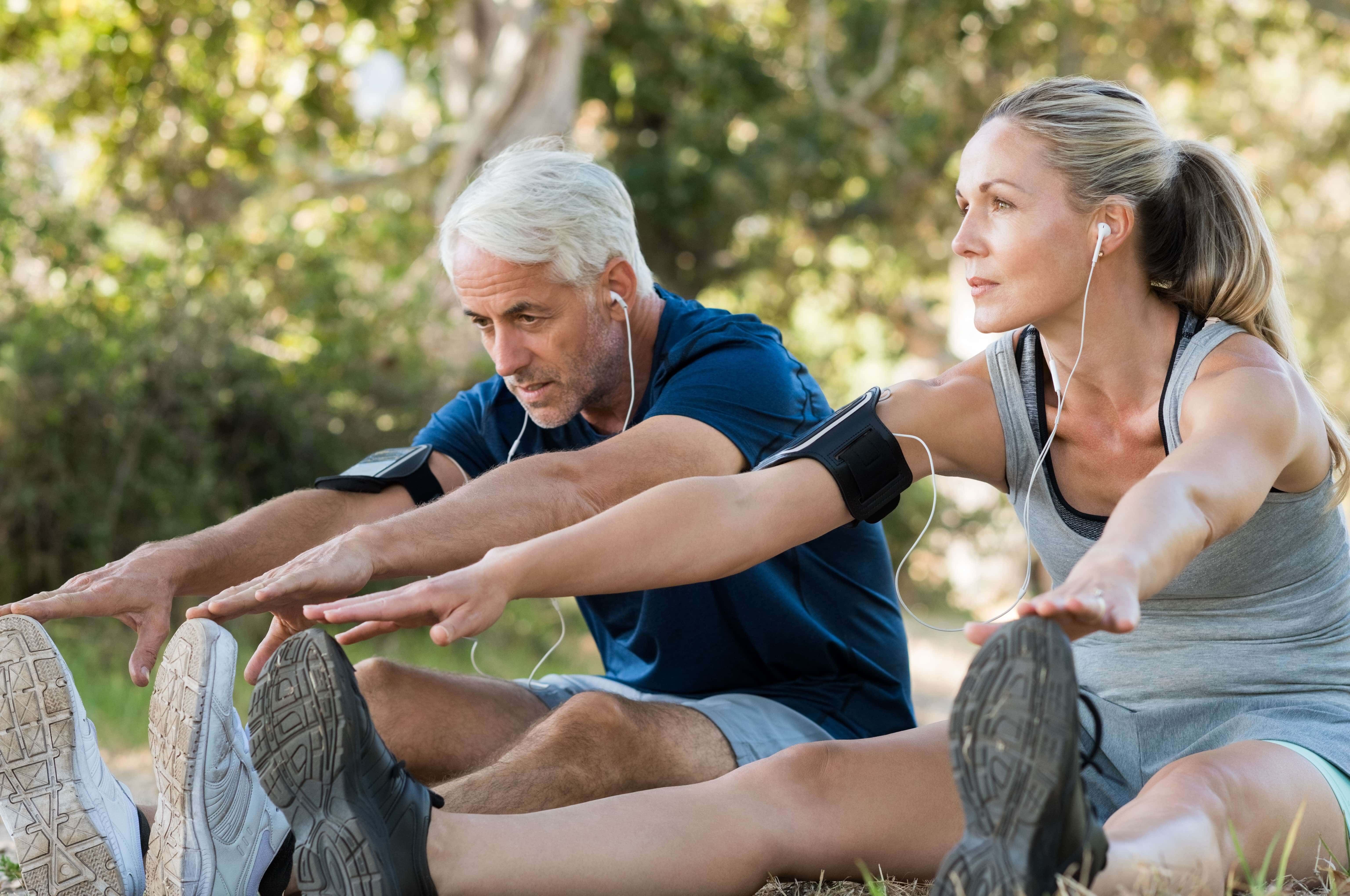Have you decided to skip stretching after exercise? After a good workout it may be tempting to just hit the couch and take it easy. Your workout, however, isn’t quite finished. A proper cool down is necessary and this would include different types of stretching. If you haven’t been stretching after a workout you may be experiencing problems with your muscles and joints. You may not be aware of what the best stretches are after a workout. Call our office for information how you can stretch correctly after exercise.
What are the Reasons for Stretching after Exercising?
The following are three specific reasons why you shouldn’t skip stretching after exercising.
- Stretching Improves Heart Function – Exercise gets your blood flowing which provides several important health benefits. It’s just as important, however, to get your heart rate back to a normal level after the workout is over. Stretching correctly will help your heart return to a normal rate in a healthy manner.
- Stretching Reduces Lactic Acid – The body produces lactic acid whenever you exercise, which contributes to sore, achy muscles. Stretching can help reduce the accumulation of lactic acid throughout the body. It also relaxes tense muscles.
- Stretching Limits Muscle and Joint Strain – Stretching in the correct way can limit the strain on your muscles and joints. It will help your muscles stay flexible and toned. This will ultimately reduce the chance of injury after exercising.
Causes and Symptoms of Not Stretching
After a workout you may not feel the need to stretch if your muscles aren’t aching or sore. You may just not want to take the time to do it. But there are several potential effects of not taking the time to stretch correctly after exercise. You might experience stiffness if you’re not stretching adequately. Muscles and tendons that aren’t stretched properly after exercise may be more susceptible to injury. If you already have an injury the Mayo Clinic advises adjusting your stretching routine. It’s also important to not only make sure you’re stretching after exercise, but that you’re doing the right types of stretches.
How Physical Therapy can Help
A physical therapist can teach you different methods for stretching more effectively. Move Forward states that stretching is an important part of exercise recovery, yet it usually doesn’t get the attention or time it deserves. A physical therapy program that is created to meet your unique needs can help you learn to stretch correctly after exercise. A trained physical therapist can teach you the best stretching techniques whether you’re a regular athlete or just getting in occasional exercise.
Stretching after exercising can help keep your muscles and joints in top condition. It’s important to find a qualified physical therapist that can teach you a variety of stretches. If you’re struggling with muscle and joint pain caused from lack of stretching it can also help to visit a physical therapist. Stretches taught by a therapist can increase your flexibility, reduce injuries, and may even improve your athletic performance.
Contact us today for a free consultation to learn how we can help create the best stretching routine for your fitness level.
Sources:
- https://www.mayoclinic.org/healthy-lifestyle/fitness/in-depth/stretching/art-20047931
- https://www.moveforwardpt.com/resources/detail/tips-to-recover-from-workout
Tags: Health, Back Pain Relief, Physical Therapy, Physical Therapist, Arthritis Medications, Exercise, Passive physical therapy, Wellbridge Physical Therapy, Carbs





